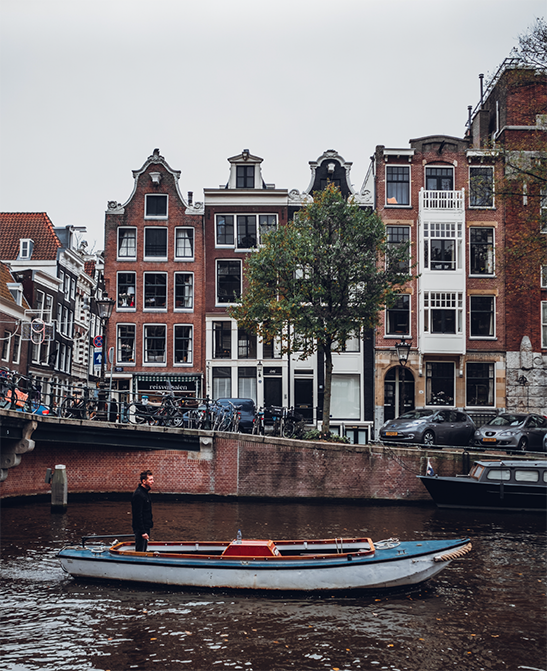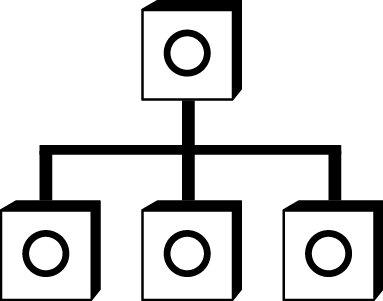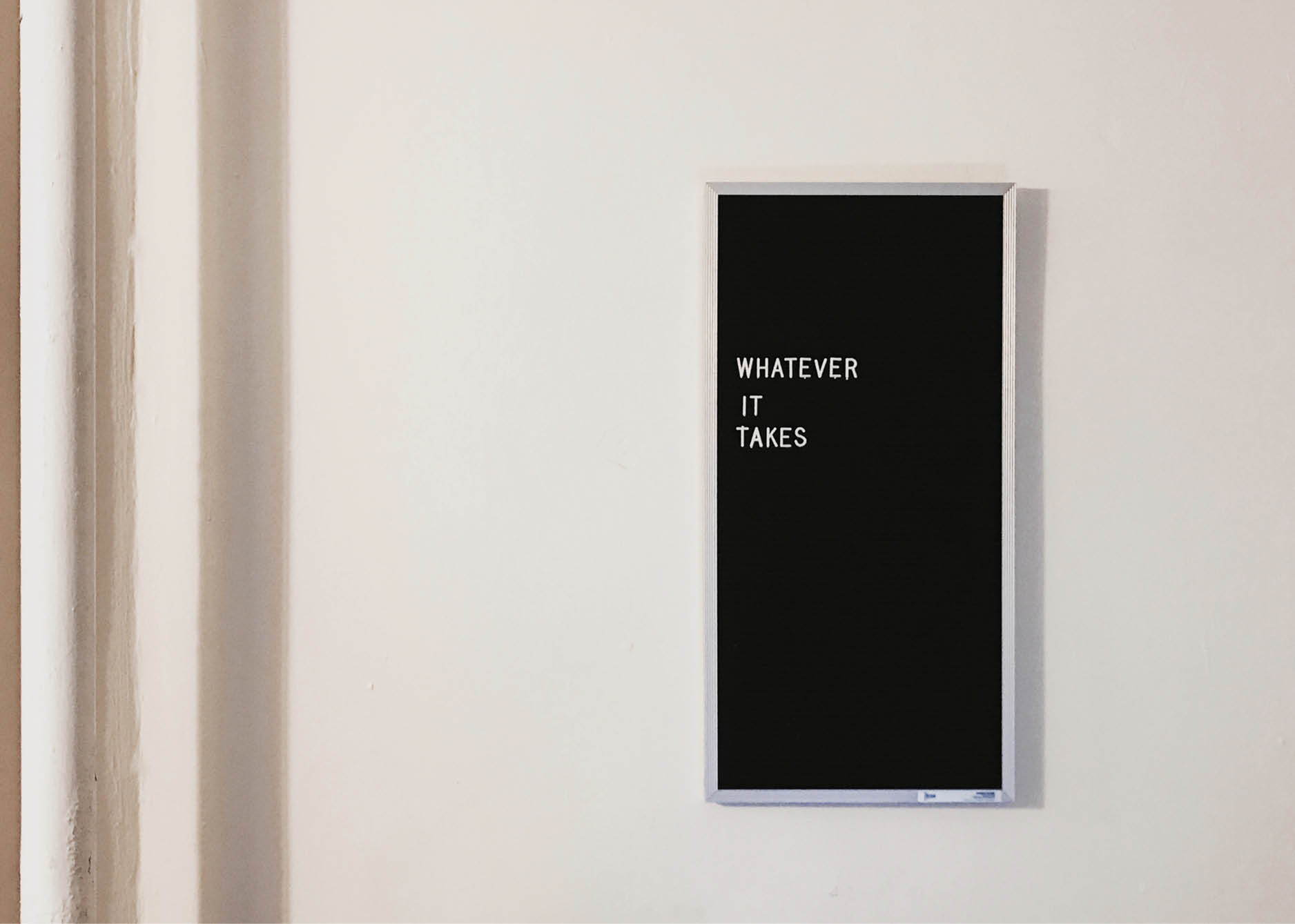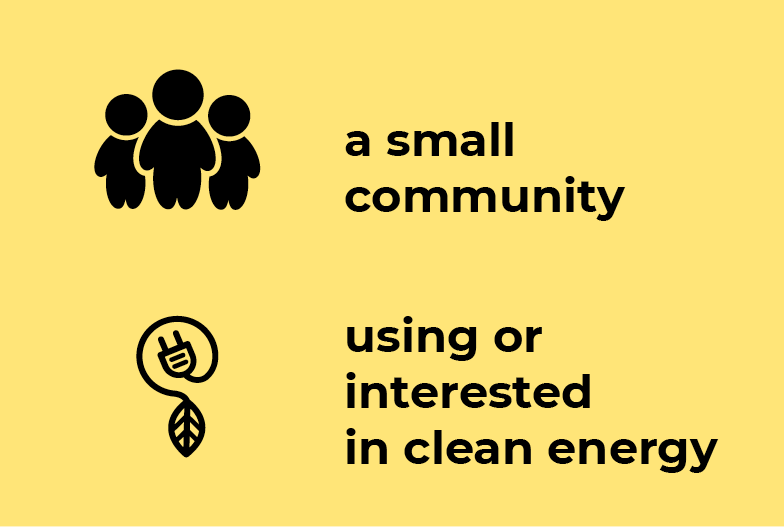why do people do stuff?



energy
in
amster
dam
a project by cynergy

this webpage is going to teach you a little bit about the reality of the situation of renewable energy in amsterdam, and what the city’s residents are doing to make this world better.
now, let’s
get down
to business.
renewable
energy
communities
RECs are the focus of the first phase of research.
they are called the 1% of amsterdam that use clean energy.
they are a small community who usually live in the same neighborhood that are interested in changing their lifestyle to support clean energy.

how?
do RECs work?
grassroot
initiatives
diffusion
of innovations
theory
phases of diffusion
knowledge
persuasion
decision
implementation
confirmation
when small communities
start a movement for change.
they are:
•more natural
•self-organized
•local
creators
followers
lurkers
a deeper look into goal theories,
here we look at lidenberg’s goal framing theory
(because it’s the most relevant to RECs)
is one of the oldest social
science theories. It originated
in communication to explain
that an idea or product
gains momentum and diffuses
(or spreads) only when innovators promote for their idea. it divides the population into 5 categories: innovators, early adopters, early majority, late majority, and laggards.

this is how RECs are growing in amsterdam. small communities that are formed and influencing each other, and are working together towards the transition to renewable energy.
the steps for a “diffusion” of an idea or a movement into a society.
this theory backs up the purpose of the project: to support the 1%. it explains that it all starts with an innovator—and if we focus on empowering the innovators, the rest of the population will follow.
RECs form for mainly two reasons: 1. to be involved in a community
2. to save money on the long run
keep scrolling to find out more!
when focusing on and empowering the 1%, they will influence the 9% and start a trend that will have an impact on the 90%
hedonic
normative
gain
improve how they feel at the moment. this goal-frame has a
short-term time horizon (focusing on the moment at hand) and motivates people to increase their pleasure (seeking excitement, happiness or direct improvement in self-regard) and avoid situations, which negatively affect their well-being.
increase or protect resources In case this goal-frame is dominant, people are open to all kinds of incentives or opportunities which promise benefit. So people are more likely to act environmentally conscious, if they can also expect some profit.
meet norms expected by themselves or the community, act appropriately, and behave ethically or morally. It is more likely that people act according to normative goal-frames, if they are aware of environmental problems. However, the dominance of this goal-frame is reduced, if costs increase or the act becomes too complicated or time-consuming. In this situation the gain or hedonic goal-frames take over.
now
1% 9% 90%




why do RECs do
stuff?

motivations
what was surprising here that the number 1 common reason for RECs to work is being part of a community, working together with others and creating a small society.
normative and gain
biggest
energy
problem
in amsterdam
is caused by
heating systems
50%
90%
develop a shared local project
profit and lower energy costs (long term)
independance from oil usage
inspire to do better and mobilize the community
financial support from the government
house insulation
turning heat down
uncertainties & risks of failure
no personal benefit
no tangible result
difficult to raise awareness in uninterested people
lack of knowledge sharing
lack of finances
now
the reality of the current
2018
2020
2050


of energy in amsterdam
of that energy comes from natural gas
is used for heating
new buildings are natural gas-free
still only uses 6% of green energy
difficult to change the center because of the infrastructure
increase sustainable generation of energy within Amsterdam with 20%
amsterdam free of natural gas
small
tech
changes
change doesn’t happen suddenly. the following is how RECs are changing, and they’re the small steps regular citizens can take that won’t cost much time or money.
Interested in working with us? Contact us at contact@greenamsterdam.nl.
amsterdam
now
a map that shows registered solar panels, energy consumption and energy labels in the centre of amsterdam and in ijburg.
obstacles
situation
